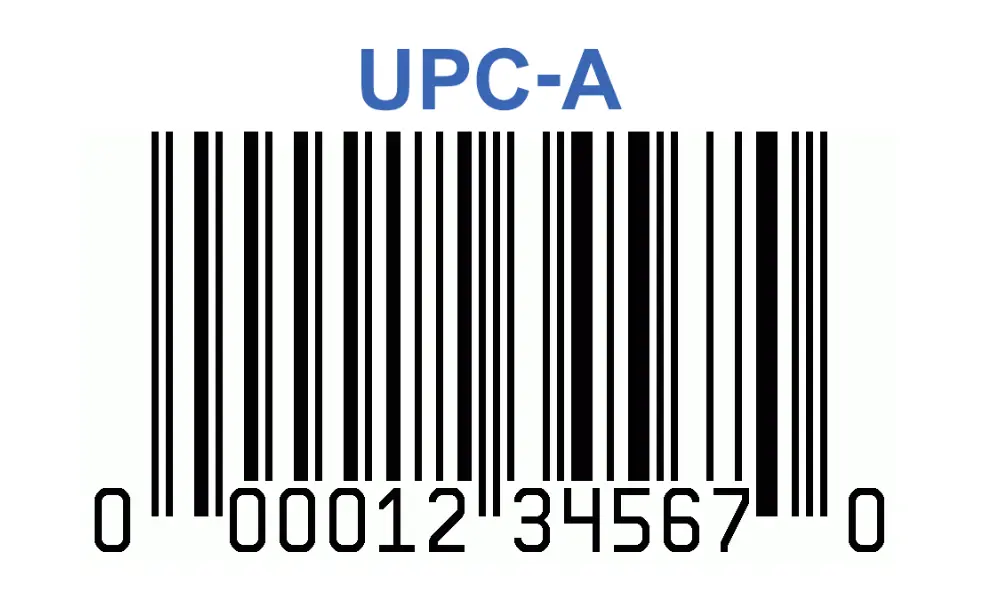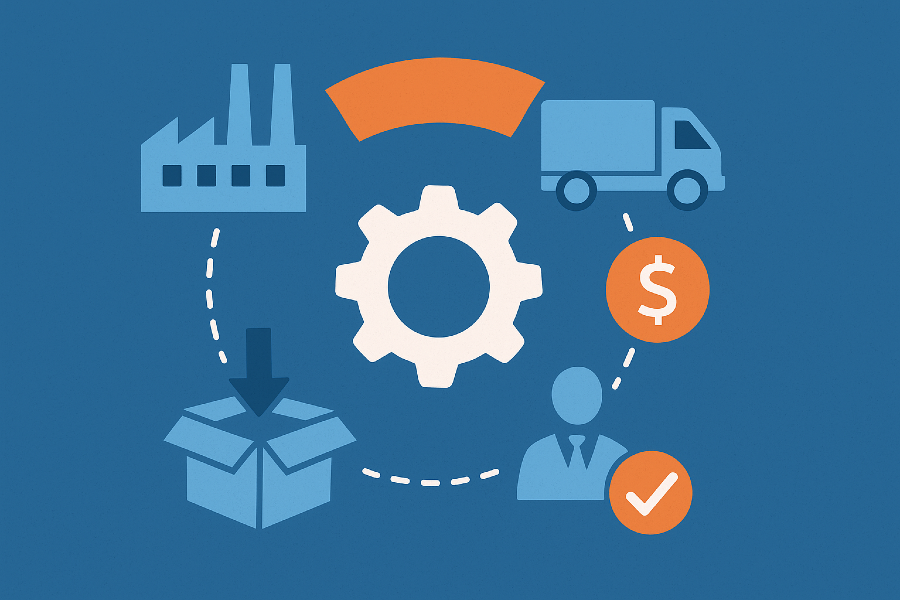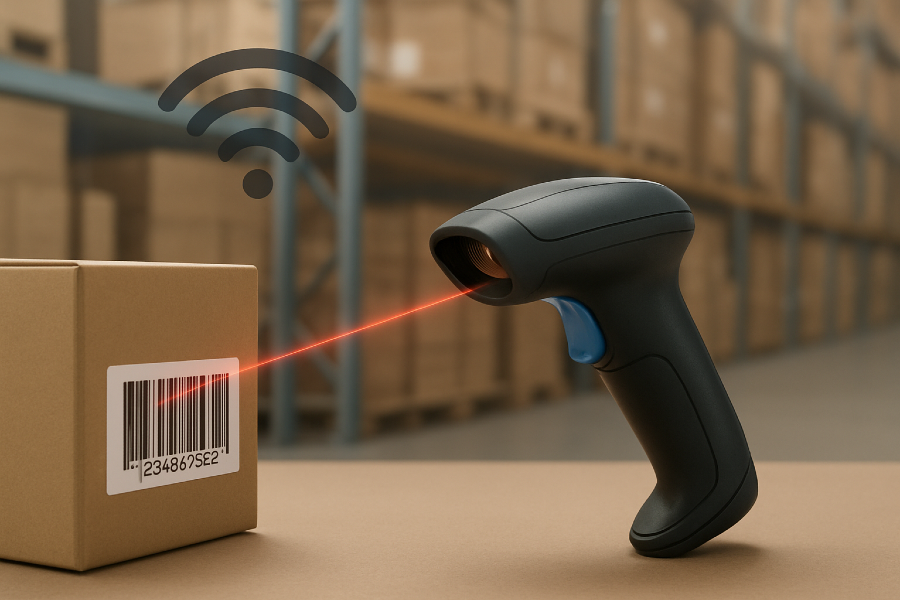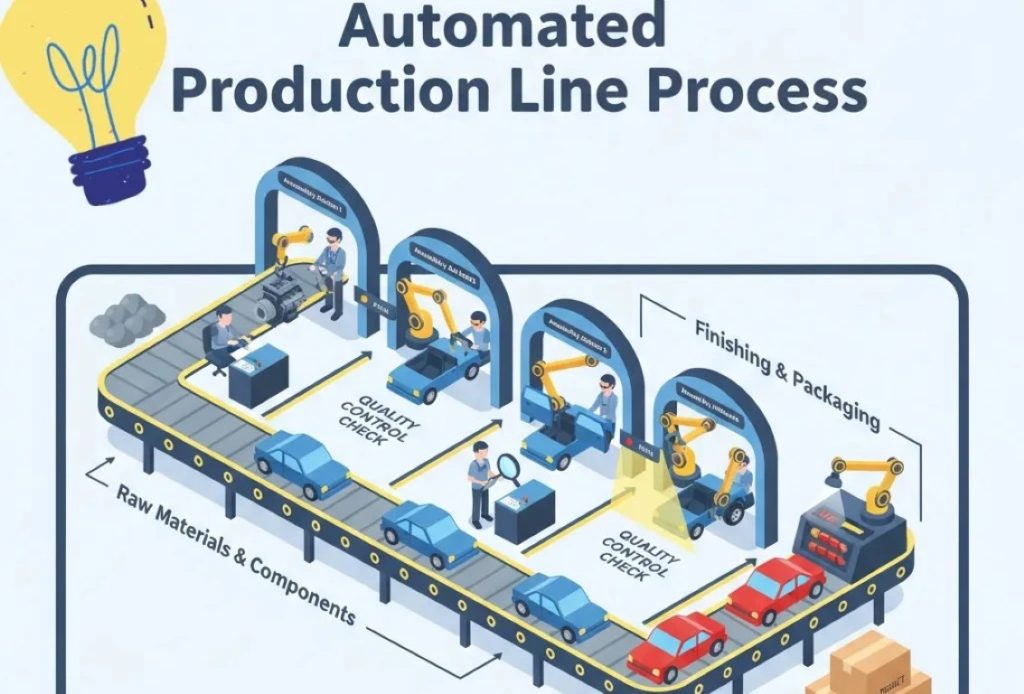The universal barcode system has been a boon for industries across the globe. Take a quick glance and you will find a barcode label on every package around you. Major retailers and brands including grocery stores and eCommerce products have a universal product code. Wondering what is UPC barcode? Why are businesses adopting these omnipresent codes and what is special about them? Let’s cover all these topics and more in this article.
Before we delve into the technicalities, let’s begin by answering the fundamental question: What is UPC?

What is UPC?
The Universal Product Code, or UPC, is a standardized barcode symbology widely used for tracking trade items in stores. It consists of a unique 12-digit number assigned to a product, which is encoded into a pattern of black bars and white spaces.
UPC: A Historical Perspective
To understand the significance of UPC barcodes, one must trace their roots back to their inception. The Grocery Manufacturers Association (GMA) and the Food Marketing Institute (FMI), collaborated to develop a standardized system for product identification. The result was the birth of this barcode.
What is UPC’s Origin?
The UPC system was introduced in 1974 as a collaborative effort between industry leaders to streamline the checkout process and enhance inventory management.
What is UPC’s Structure?
A UPC barcode comprises two main components: the left and right sections. The left section contains a system digit, a group of five digits representing the manufacturer, and a five-digit product code. The right section mirrors the left, providing redundancy for error-checking.
The unique 12-digit code is crucial for identifying and tracking a specific product in the vast retail ecosystem.
What are UPC-A and UPC-E?
UPC-A is the standard version with 12 digits, while UPC-E is a compressed version designed for smaller packaging. Beyond the standard 12-digit UPC, variations exist to accommodate different needs within the retail industry.
One such example is the UPC-A, widely used in the United States and Canada, while the UPC-E is a condensed version suitable for smaller packages.
Applications of UPC Barcodes: Beyond the Checkout Counter
The utility of UPC barcodes extends far beyond expediting the checkout process. Retailers leverage UPC data for inventory management, sales analysis, and supply chain optimization. The UPC barcodes play a crucial role in the following ways.
1. E-Commerce Integration
In the digital age, UPC’s full form in retail – Universal Product Code plays a pivotal role in e-commerce. They provide a standardized method for product identification, ensuring accuracy in online transactions. This seamless integration enhances the overall customer experience, from browsing to checkout, fostering trust and reliability.
2. Supply Chain Optimization
These barcodes are instrumental in optimizing the retail supply chain. As products move through the distribution network, the barcodes enable real-time tracking, reducing the risk of errors and delays. This level of visibility enhances overall supply chain efficiency and responsiveness.
3. Product Traceability and Recall Management
In the unfortunate event of product recalls or quality issues, UPC barcodes enable swift and accurate traceability. By identifying affected batches, manufacturers and retailers can quickly remove products from shelves, minimizing the impact on consumers and protecting brand reputation.
Now, you know what is UPC and its related systems. Let’s move to see how the product label barcodes are generated.
How to Generate UPC Barcodes: A Step-by-Step Guide
1. Obtain a Company Prefix
The first step in generating these barcodes is to obtain a unique Company Prefix. This is a numeric prefix assigned by GS1, a global standards organization. Companies must become GS1 members to obtain a unique identifier.
2. Assign Unique Product Numbers
Once armed with a Company Prefix, businesses can assign unique product numbers to each of their items. This involves determining the number of digits to allocate for the product code, considering factors such as the size of the product line and potential future expansions.
3. Calculate the Check Digit
The check digit is a crucial element of the UPC barcode, serving as a built-in error-checking mechanism. Companies can use online tools or follow a manual formula to calculate the check digit based on the other digits in the UPC.
4. Choose the Right Barcode Format
There are different barcode formats within the UPC system, such as UPC-A, UPC-E, and UPC-12. Choose the format that aligns with the product and packaging requirements. UPC-A, for instance, is the standard format with 12 digits, while UPC-E is a condensed version suitable for smaller packages.
5. Utilize Barcode Generating Software or Tools
Generating these barcodes manually can be tedious, especially for businesses with a large inventory. Utilizing barcode-generating software or online tools can streamline the process, ensuring accuracy and adherence to standards.
6. Incorporate Barcodes into Product Labels or Packaging
Once the barcodes are generated, businesses need to incorporate them into product labels or packaging. The barcodes should be printed clearly and at an appropriate size for effective scanning.
It is important to know what is UPC and its associated benefits. Let’s go through the main advantages of the universal product code.
Benefits of UPC Barcodes
The widespread adoption of UPC barcodes has ushered in a new era of efficiency for retailers and consumers alike. By automating the data entry process and reducing the likelihood of errors, UPC barcodes save time and resources while enhancing accuracy.
1. Streamlined Checkout Process
The foremost benefit of UPC barcodes lies in their ability to expedite the checkout process. By encoding product information into a scannable format, retailers can swiftly and accurately process transactions. This not only reduces waiting times for customers but also minimizes errors associated with manual data entry.
2. Enhanced Inventory Management
UPC barcodes serve as a potent tool for inventory management. The unique 12-digit code assigned to each product enables retailers to track stock levels, monitor sales trends, and automate reorder processes. This translates to more informed decision-making, minimizing stockouts and excess inventory.
3. Accurate Sales Analysis
The use of these barcodes enables retailers to conduct precise sales analyses. By tracking the movement of individual products, businesses can identify top-selling items, assess the effectiveness of promotions, and adjust pricing strategies accordingly. This data-driven approach contributes to improved profitability and strategic planning.
Finally, let’s quickly address the commonly asked questions about what is UPC barcodes.
FAQs
What is UPC’s significance for small businesses?
These barcodes empower small businesses by providing a standardized method of product identification, facilitating smoother transactions and inventory management.
Can UPC barcodes be reused?
No, these barcodes are unique to each product and should not be reused. Reusing barcodes could lead to confusion and errors in tracking.
How are UPC barcodes assigned?
These barcodes are typically assigned by GS1, a global standards organization. Manufacturers obtain unique UPC codes by becoming members of GS1.
Are UPC barcodes the same globally?
While the structure is globally standardized, regional differences exist. For instance, the UPC system is prevalent in North America, while EAN (European Article Number) codes are more common in Europe.
Conclusion
In conclusion, the Universal Product Code (UPC) barcode is a silent force that shapes the modern retail landscape. From its humble origins in 1974 to its ubiquitous presence on products worldwide, they barcode plays a pivotal role in enhancing efficiency, accuracy, and transparency in the world of commerce.
Are you interested in UPC barcode integration? Get in touch with Qodenext for the seamless integration of innovation into the fabric of everyday transactions.
As we’ve explored the intricate details of UPC barcodes, one question remains: What is UPC to you? It’s more than just a series of black bars and white spaces; it’s a symbol of efficiency, a language spoken by retailers and manufacturers alike, developing the growth of commerce.







